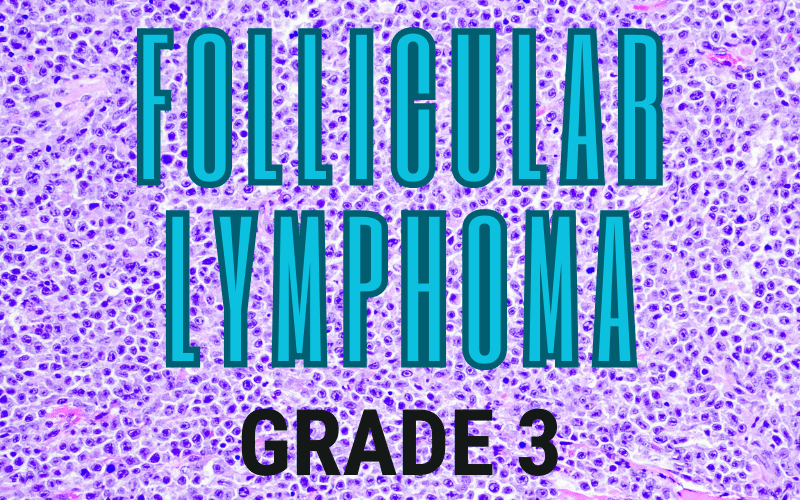3. The Aggressive Anomaly: Delving into Follicular Lymphoma Grade 3

Grade 3 is where follicular lymphoma shows its aggressive side. It’s the grade that demands attention, not just because of its rapid progression but due to its cellular composition. Here, large cells, specifically centroblasts, dominate the landscape.
While the earlier grades hinted at their progression with subtle symptoms, Grade 3 is often unabashedly conspicuous. Its rapid growth often results in more pronounced symptoms, ranging from larger swellings to more systemic manifestations like fever and weight loss. The body’s response to this grade is more urgent, signaling the heightened state of the disease.
Microscopically, the cellular scenario in Grade 3 is a sight to behold. The dominance of centroblasts gives it an entirely different character compared to its predecessors. These cells are not only numerous but also dictate the aggressive behavior of this lymphoma grade.
However, what’s intriguing is that Grade 3 itself is often subdivided. While Grade 3A retains a presence of smaller cells, 3B is almost entirely dominated by the larger centroblasts. This division, while minute to an untrained eye, holds significant implications in the realm of pathology and treatment.
In the grand tapestry of follicular lymphoma, Grade 3 stands out, not just due to its aggressive nature but its complex cellular composition. Deciphering its intricacies provides a more profound understanding of follicular lymphoma’s progression and the challenges it poses. (3)